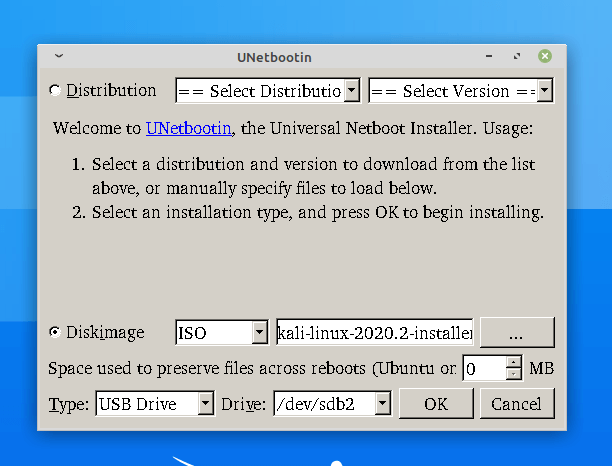

Command Prompts can be created automatically by pressing the cmd key or clicking OK immediately after they are typed. In this example, we can see the current boot sequence is the Ubuntu installation, followed by the hard drive, and the two different partitions on a 32GB USB drive. For Run the Windows+R keyboard shortcut must be pressed. Take note of the numbers such as 000, 003, etc. Once logged in, you can always startup your desktop environment by simply typing in gdm3 (optional) STEP 3: Use the the classic 'startx' command to run GNOME. The first line shows the current device that was booted from, the third line shows the computer's current boot sequence, and the following lines list each bootable device. Now, whenever you boot into Kali, you'll be prompted to login at the command line, rather than the gdm3 GUI.

īoot0005* UEFI: JetFlashTranscend 32GB 1100, Partition 1. This will display all boot devices on your computer, and resemble something like: BootCurrent: 0000īoot0000* ubuntu HD(.)/File(\EFI\UBUNTU\SHIMX64.EFI)īoot0004* UEFI: JetFlashTranscend 32GB 1100. In this article, we'll explain how to easily change the boot sequence via terminal.Īssuming your computer supports EFI (Extensive Firmware Interface), which is pretty near all computers nowadays, you may view the current boot sequence via terminal with the command: efibootmgr -v Have you ever had a need to change your boot sequence via terminal? Maybe you're doing so remotely via SSH, or maybe you can't manage to get into the BIOS during that two second sweet spot when your computer is first turned on.


 0 kommentar(er)
0 kommentar(er)
